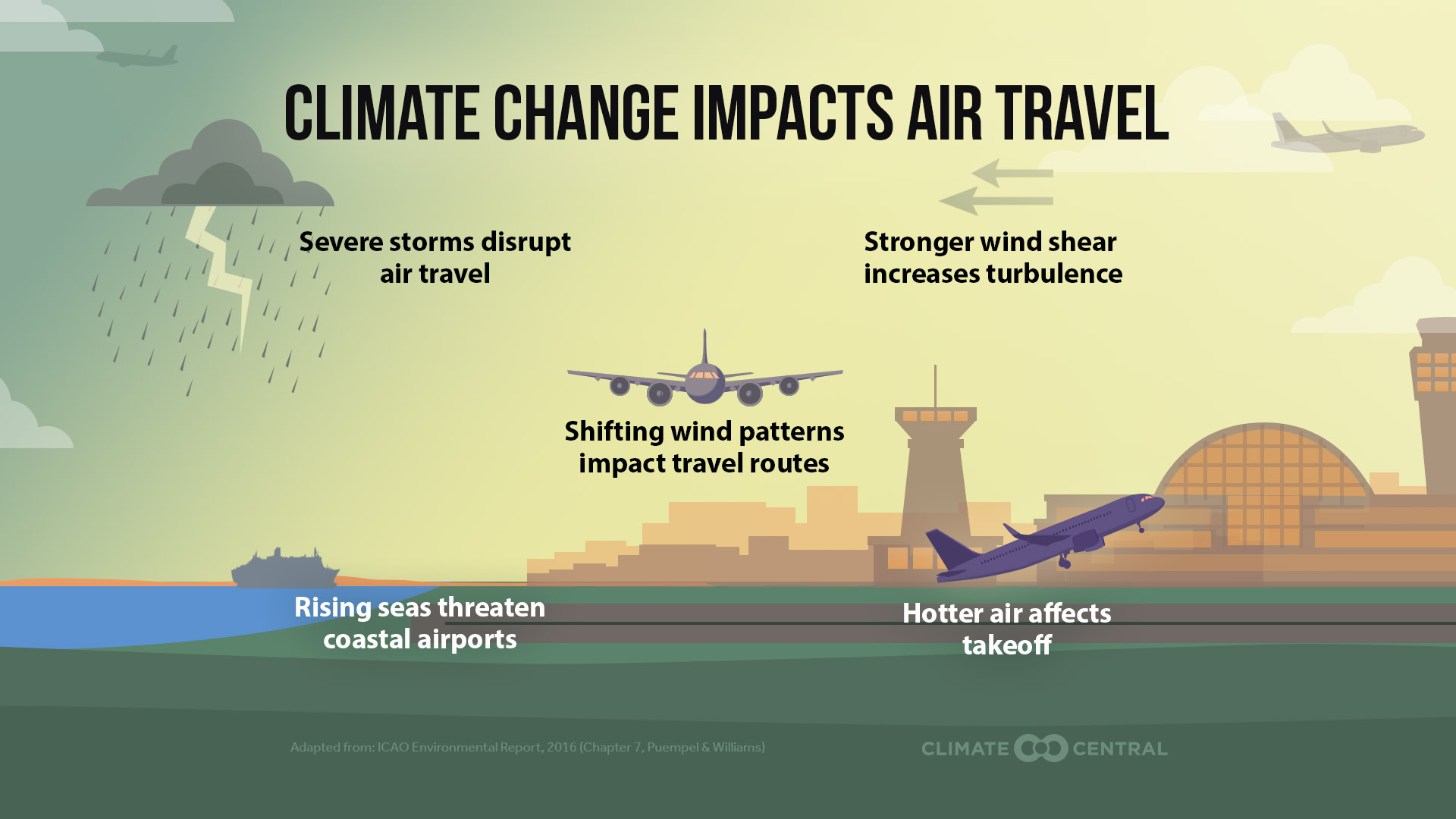Exploring Twin Bonanza’s Impact on Aviation Sectors
The aviation industry has witnessed numerous technological and strategic advancements over the years, each leaving an indelible mark on its evolution. Among these, the introduction of the Twin Bonanza stands out as a significant milestone. This aircraft not only redefined engineering standards but also set the stage for transformative changes across the aviation sectors. In this article, we delve into the profound impact of the Twin Bonanza, examining how it has acted as a catalyst for growth and innovation within the global air travel industry.
Twin Bonanza: A Game Changer for Aviation Industry

The Twin Bonanza emerged as a beacon of innovation at a time when the aviation industry was ripe for transformation. Developed by Beechcraft in the early 1950s, this aircraft showcased a unique blend of performance, reliability, and versatility. Sporting twin engines, it provided a level of safety and redundancy that was unprecedented for its class. Its introduction marked a pivotal shift, particularly for smaller operators who sought to expand their capabilities without incurring the prohibitive costs associated with larger aircraft.
One of the most notable contributions of the Twin Bonanza was its influence on the design and development of subsequent aircraft. Its success demonstrated the viability of twin-engine configurations, inspiring a wave of engineering advancements across the industry. The aircraft’s robust performance and adaptability set a new standard, encouraging manufacturers to pursue similar designs that prioritized efficiency and safety. This ripple effect was instrumental in shaping the modern aviation landscape, fostering innovations that continue to resonate today.
Moreover, the Twin Bonanza played a critical role in democratizing access to air travel. By offering an aircraft that was both economical and reliable, it enabled smaller aviation companies and private pilots to enter markets previously dominated by larger, less accessible aircraft. This democratization not only opened new routes and expanded air travel networks but also stimulated economic growth in regions that were previously underserved by air transport. The Twin Bonanza’s legacy, therefore, extends far beyond its technical specifications, embodying a spirit of accessibility and progress within the aviation industry.
Analyzing the Ripple Effects on Global Air Travel

The introduction of the Twin Bonanza had a profound impact on global air travel, much of which can be attributed to its adaptability in various operational contexts. Its utility in both commercial and private sectors demonstrated a level of flexibility that was rare at the time. The Twin Bonanza’s ability to operate efficiently across diverse environments—from urban airports to remote airstrips—made it an indispensable asset for operators looking to expand their reach and enhance connectivity.
Advancements inspired by the Twin Bonanza have also contributed to increased operational efficiencies and cost-effectiveness in the aviation industry. The aircraft’s design principles emphasized streamlined production and maintenance processes, which have been echoed in subsequent aircraft models. These efficiencies have enabled airlines to offer more competitive pricing and services, directly benefiting the consumer. As a result, air travel has become more accessible to a larger demographic, fostering a surge in global passenger numbers and stimulating international tourism.
Lastly, the Twin Bonanza’s influence extends to environmental considerations within the aviation sector. By setting a precedent for fuel efficiency and operational versatility, it paved the way for future innovations aimed at reducing the industry’s carbon footprint. Although the environmental impact of air travel remains a significant concern, the principles established by early aircraft like the Twin Bonanza continue to guide contemporary efforts towards sustainable aviation. The ongoing quest for greener technologies reflects the foundational shifts initiated by this trailblazing aircraft, underscoring its enduring impact on the industry.
In conclusion, the Twin Bonanza stands as a testament to the transformative power of innovation within the aviation industry. Its introduction marked a turning point, catalyzing advancements that have had far-reaching implications for global air travel. From democratizing access to air routes to inspiring sustainable technological developments, the Twin Bonanza’s legacy is both profound and far-reaching. As the aviation sector continues to evolve in response to new challenges and opportunities, the lessons gleaned from this pioneering aircraft remain as relevant today as they were over half a century ago.



